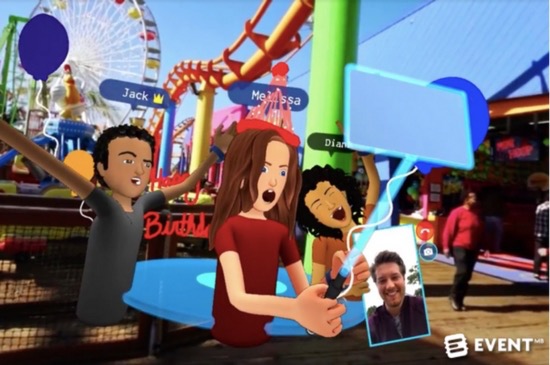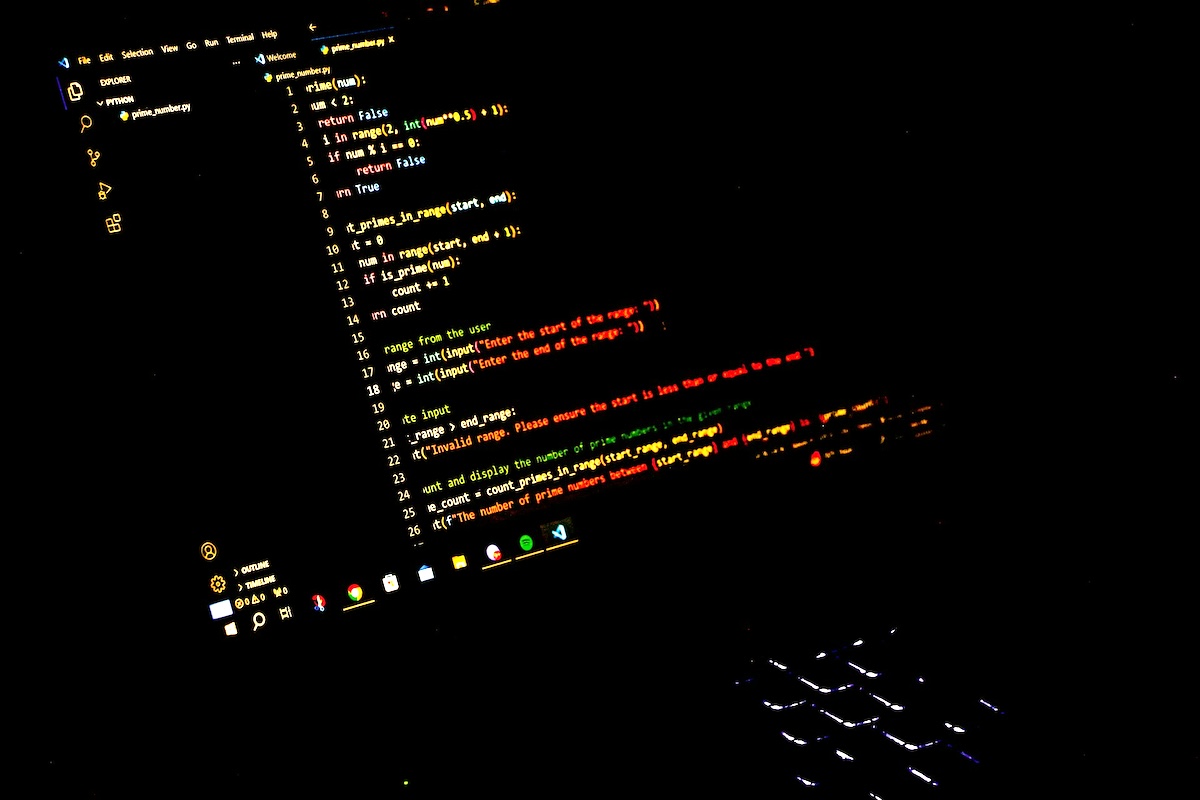Skift Take
Oculus Rift users can now broadcast their VR experience straight to Facebook Live. Could live VR streaming be the catalyst for mass VR adoption?
VR (virtual reality) is here. That, in itself, is not news anymore. Nor is it news that VR is starting to make its mark in the world of events. However, you will have probably noticed that once again, the hype is dying down and mass adoption still isn’t sticking. If you’ve been following the tech press, that’s hardly a surprise. Firstly, if you want a decent experience, the equipment is expensive. Secondly, if you’re not a gamer, there isn’t that much out there for you yet.
We’ve been here before. Everyone starts talking about VR being the “next big thing”. The talk is then followed by a few products, demos, and a bit more talk. That’s where it usually peters out and disappears. Facebook’s new live VR streaming functionality could change that by allowing users of its VR platform, Spaces, to stream their experience straight to Facebook timelines using Facebook Live.
##abovethefold##
Why Has The World Not Gone VR Mad?
The consumer barrier to entry for VR is quite high. This means that in reality, although everyone is talking about VR, most people are still yet to experience it in a real world scenario; or even at all. This is where Facebook is hoping to make a difference with the new VR streaming feature found in its social VR app, Spaces. From within the app, users can now livestream their personal VR experience straight to their Facebook timeline. While this won’t bring a VR experience to everyone, it will show people what a great time their friends are having in the virtual world. For the first time ever, the masses will be able to see what the hype is all about.
The new Spaces livestreaming feature will begin roll-out immediately for Oculus Rift users. The company plans to roll out Facebook spaces to other devices soon. It’s likely that the feature will also roll out to other VR apps over time.
VR Streaming Is The New Livestreaming
Livestreaming, like VR, has been around for a long time, and also like VR, we’ve been talking about it for a long time. It’s taken a while but now it seems everyone is at it. Consumers are watching livestreamed content regularly and are even streaming content themselves, mostly thanks to livestreaming integrations within social media applications. Rumors also surfaced recently of livestreaming being built into the next iteration of the iPhone.
On top of this, 360º cameras like Snapchat’s Snap Googles and other pieces of VR recording kit are starting to appear as device add-ons. Very soon, the device in the palm of your hand will have the power and ability to act as an endpoint for not only viewing but also broadcasting VR content.
The VR Trinity
The building blocks are there and it seems Facebook is leading the charge in terms of putting those blocks together to make something that is useful, fun, and most importantly, something people want to engage with. In our Event Trends report, we remarked that 2017 would be the year of VR. With VR, livestreaming and social media joining forces, it seems the VR trinity is complete and it’s come in right on time.
Microsoft’s Silent Assassin
It’s not just social media companies jumping on the VR bandwagon. Microsoft has been in the laboratory tweaking its mixed reality (VR+AR) product, Hololens. Hololens differs from other VR products due to the addition of AR (augmented reality). Unlike a VR headset, where the user is completely immersed in a virtual world, Hololens takes virtual content and superimposes it on the user’s real-world view. Although Microsoft’s product looks like it could be a market winner, it’s currently only available for developers and commercial applications. There are plenty of gaming-based and artistic demos out there but it’s nowhere near the consumer radar yet.
The True Virtual Event
Mass adoption will no doubt be welcomed by event managers who already work with virtual events. Virtual events are becoming popular across the whole event industry, opening up new revenue streams and sponsorship opportunities with them. Currently, this is mostly made possible by regular video streaming but virtual reality is starting to make an impact. Several sports and music events have already made use of VR as a tool for bringing an immersive experience to remote viewers and the ante is being upped all the time, indicating growing VR demand.
Offering attendees the best possible event experience is always front of mind for eventprofs and VR will undoubtedly take virtual events to the next level. The fundamental difference being that virtual events currently bring the event to the attendee; VR virtual events bring the attendee to the event.
Power To The People
Giving users the ability to stream their experience to their friends and family is a surefire way to generate more interest in VR but it also raises an interesting question: Will users be able to rebroadcast their experience of virtual events?
It’s a given that gamers will find a way to broadcast their gaming streams. They did it with video and because of that, Esports was born. This will no doubt happen with video games and VR, so why wouldn’t it happen with events? For sponsors, this could be a fantastic opportunity but copyright is a very sensitive subject. Copyright laws are barely catching up with digital, it’ll take a while before they’re ready for streamed virtual content.
In Conclusion
As the barriers of high price and lack of availability drop, it puts VR in closer reach of consumers and your events. Like video streaming, VR streaming will soon become commonplace. Although it’s taken a while to get here, and still isn’t quite living up to the hype, VR is now a reality and very soon, it will be all over people’s social media timelines too. Thanks to Facebook Spaces, the “we’ve been here before” argument against VR is now irrelevant. Sure, we’ve seen VR hype before but so far it’s all been in the hands of the marketer.





